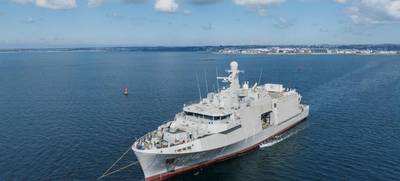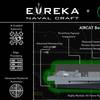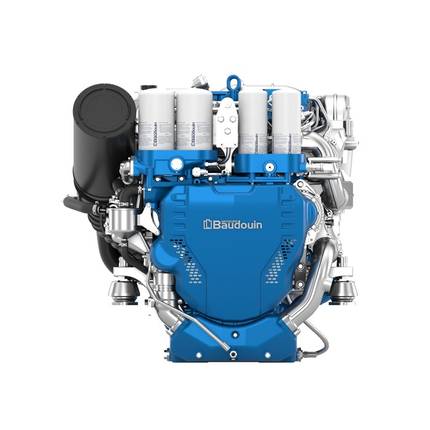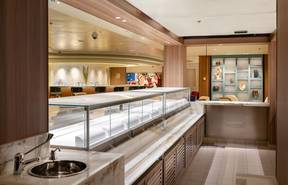First Dutch Navy Mine Countermeasure Vessel Starts Sea Trials
The Vlissingen, the second of the series of mine countermeasures vessels (MCM) of the Belgian-Dutch rMCM program, first intended for the Royal Netherlands Navy, has commenced sea trials.
The specialized and cyber secured by design MCM vessels are the first to have the capability to embark and launch a combination of surface drones (themselves 12-metre, 19- tonne vessels), underwater drones and aerial drones.
The mine countermeasures vessels will use a mainly autonomous system for detection, classification, identification and neutralization of mines This approach with an unmanned integrated system enables safe and rapid clearance of mined areas—up to 10 times faster than traditional methods.
The MCM vessels can withstand underwater explosions and have very low acoustic, electrical and magnetic signatures, in line with the missions to be carried out.
The rMCM program is being led by Belgium Naval & Robotics, a consortium formed by Naval Group and Exail, involving Kership (a joint venture between Piriou and Naval Group) as industrial prime contractor.
Several sea trials campaigns will follow before delivery at the end of 2025.
The first vessel, Oostende, intended for the Belgian Navy is currently undergoing trials of its combat system in Naval Group Lorient shipyard. It will be delivered during the summer 2025.
The first sea trials of the Tournai, third vessel of the program and second unit intended for the Belgian Navy, are planned for the end of the summer 2025. The fourth vessel, the Scheveningen, second vessel intended for the Royal Netherlands Navy, was launched on November 2024.
All 12 vessels ordered in the frame of the rMCM program will be delivered before end of 2030.
Awarded in 2019 to Belgium Naval & Robotics, the consortium formed by Naval Group and Exail, the rMCM program is a major component of European defense cooperation. Naval Group is responsible for ship design, overall mission systems integration, testing and commissioning. The ships are built and assembled by Kership and Chantier Piriou, under the overall industrial management of Kership, a joint venture between Naval Group and Piriou. Exail is in charge of the drones mission system. Most of these drones will be produced and maintained in Exail Belgium subsidiary based in Ostend.
The vessels have the following characteristics:
Length: 82.6m
Width: 17m
Displacement: 2,800t
Maximum speed: 15.3 knots
Range: >3,500 nautical miles
Crew: 63 people (base crew 33 people)
Drone capabilities: Exail UMISOFT Software suite, two unmanned surface vehicles (Exail Inspector 125), three autonomous underwater vehicles (A-18 equipped with Exail UMISAS 120 sonar), two towed sonars (T-18 equipped with Exail UMISAS 240 sonar), two Mine Identification & Disposal Systems (MIDS) systems (Exail Seascan and K-Ster C), two unmanned aerial vessels (UMS Skeldar’s V200), one Exail influence mine sweeping system integrating five CTM magnetic modules
Embarkation capacity: two SOLAS rigid hull inflatable boats of 7m
Handling: two side launch and recovery systems for surface drones or commando boats, a 15t dedicated rear crane and a 3t overhead crane.













